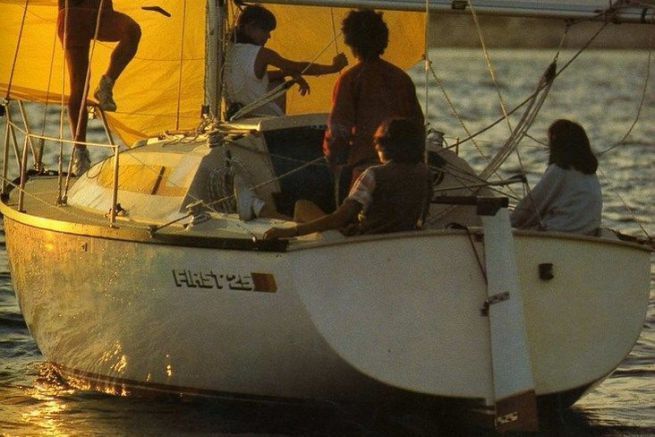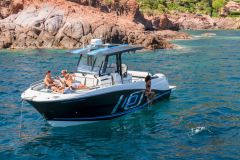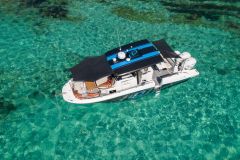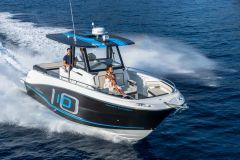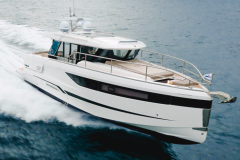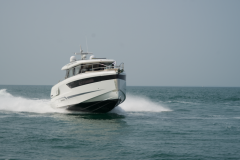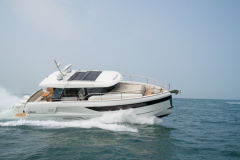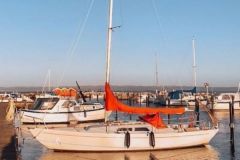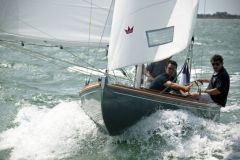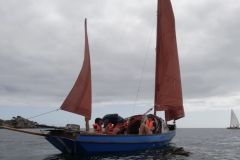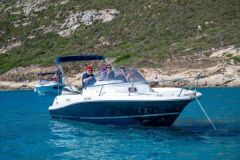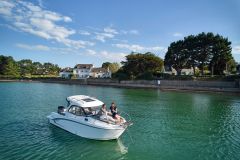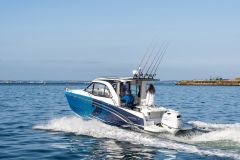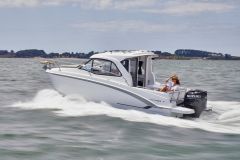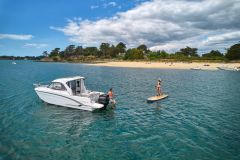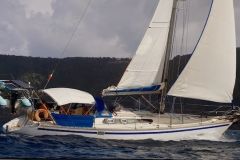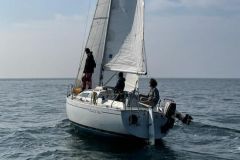- Price: from 3 000 to 10 000 euros
- Built from 1980 to 1984 at 800 units
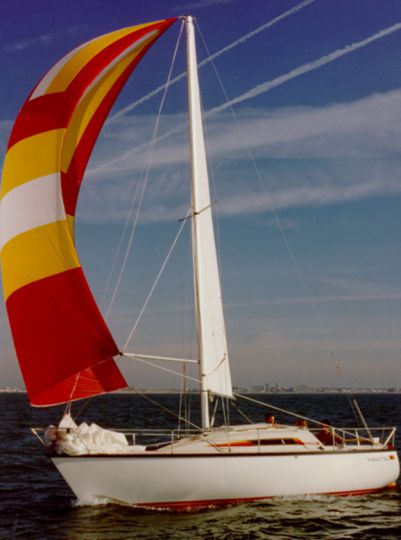
Elegant lines, a whistle deckhouse, a rather round hull and a head rigging typical of the 1980s: this is how this Finot plan looks. But on closer inspection, this model already has some very modern features, like a very successful cockpit.
A very neat hull
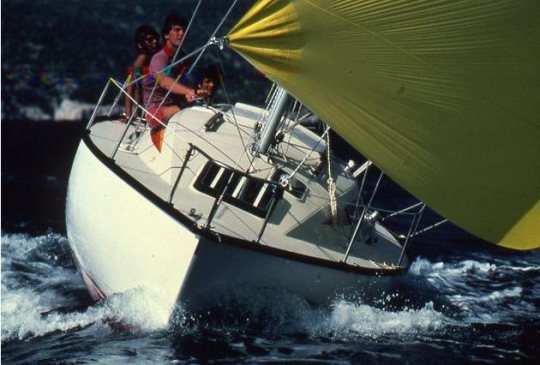
Of course it's ashore that you will be able to appreciate the quality of Jean-Marie Finot's pencil stroke: fine water inlets at the bow, more volume near the deck, rounded sections but comfortable width at the waterline all the same, a very buoyant stern... the hull of the First 25 is a subtle compromise between a relatively small wet surface, good shape stability and a load-bearing rear end. These characteristics are reflected in a good ease of movement from 5/6 knots of wind and a remarkable potential when sailing in a good breeze.
Nothing to say (or almost) about the deck plan!
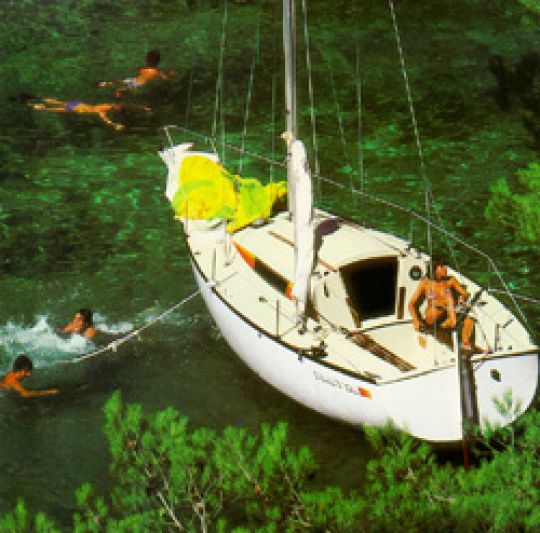
At the beginning of the 1980s, the ergonomics of the deck layout and in particular the cockpit was not yet a priority for naval architects... And it is therefore to Jean-Marie Finot's credit that he has offered such comfortable and wide seating - including coamings - and such uncluttered side decks. On the other hand, the mainsail sheet track, located just in front of the companionway, hinders movement. As for the original deck fittings, they are a little bit just in time to tuck the main genoa in flat - most of them are furling-mounted.
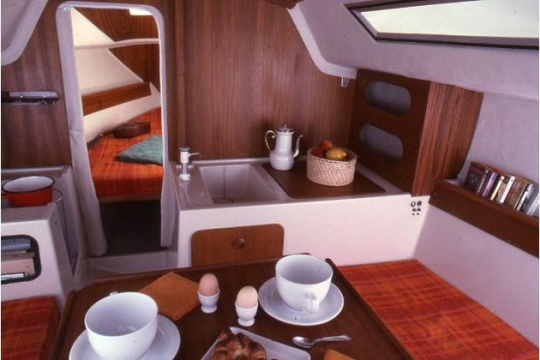
Classic furniture
No (yet) aft cabin, it will be for the next declination of the 25, the First 26... But a large saloon with a folding table, a forward cabin "that closes", as well as the toilet, also at the front. On either side of the companionway, galley and chart table. Good storage capacity for a big week's cruising with the family.
The diagnosis of Bateaux.com
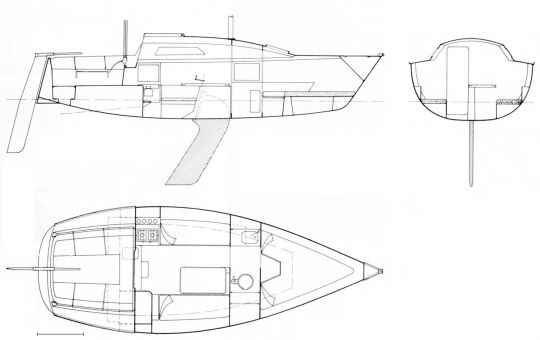
A generally strong sailing boat but a few points to check all the same. Starting with the pivoting keel mechanism - for models equipped with it - and the good rudder holding. As far as the rigging is concerned, check the mast foot (for possible oxidation and cracks) and the good condition of the structural bulkheads. The First 25 is equipped with an inboard engine, a shaft-mounted or chair-mounted outboard. Well prepared, this model is a competitive racing yacht.
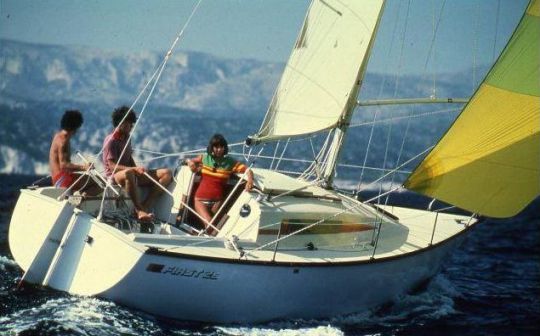
The advantages
- Safe and seaworthy sailboat
- Comfortable accommodation at sea and at anchor
- Particularly pleasant cockpit
Disadvantages
- Large genoa, demanding to tuck in
- No aft cabin
- Difficult access in case of intervention between the counter-moulding and the hull

But what is he missing?
A back skirt and a sail plan that gives pride of place to the mainsail.
The equivalent today?
The current First 25 from the same architect, but also the Maxus 26 the TES 246 Versus and the Django 770 - faster and sporty.
